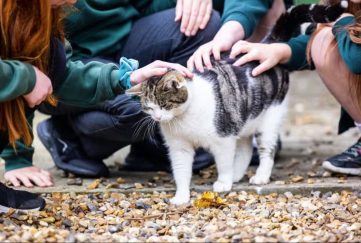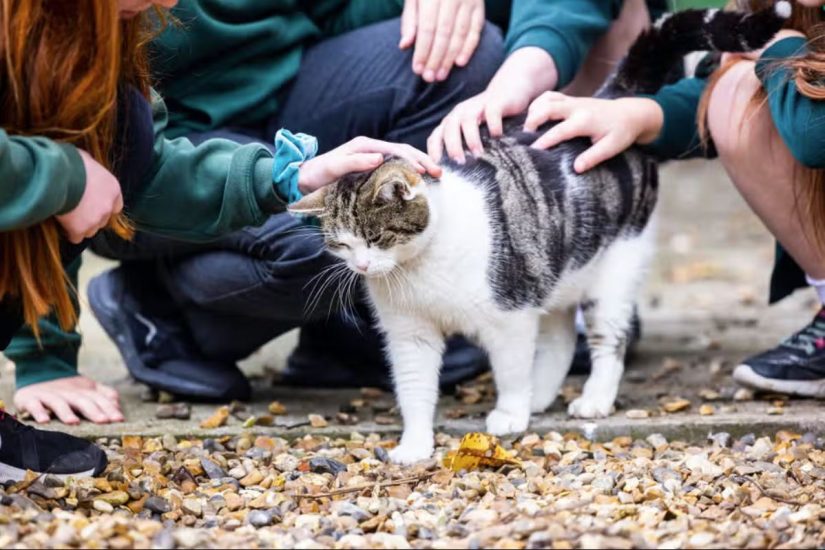SPONSORED: 9 interesting facts to help you see the world through your cat’s eyes
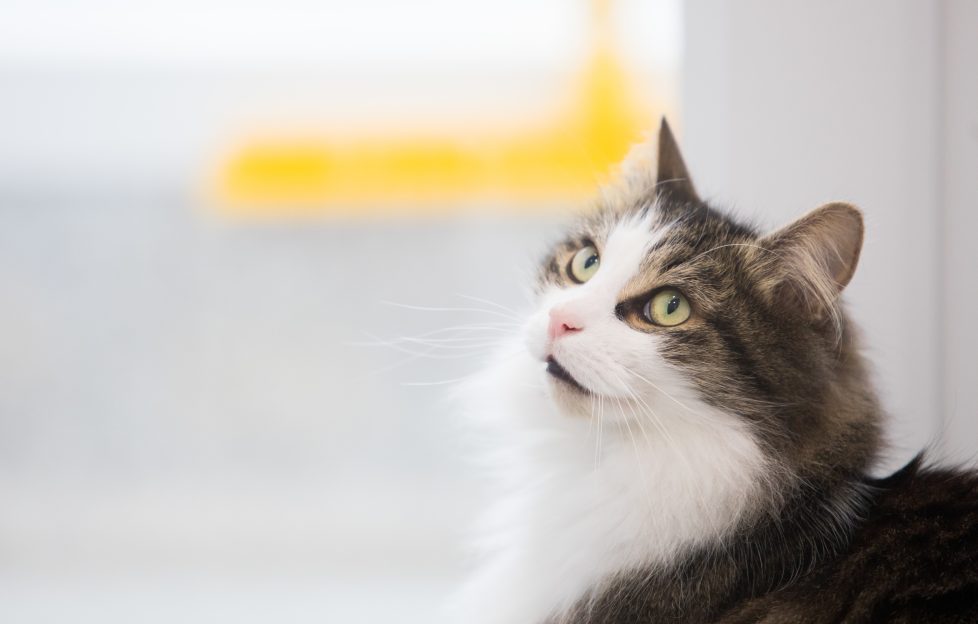
Get to know your feline friend a little better with these interesting facts about cats.
As most owners will tell you, no two cats are the same!
However, there are some facts and behaviours that are commonly seen across the UK’s population of around 11 million owned cats.
And learning these interesting facts about cats means you can provide the best home possible for your feline companion.
So, to help you become a better owner, here are nine things you may not have known about cats.
9 interesting facts about cats
1. Most of the time, cats only meow to speak to humans
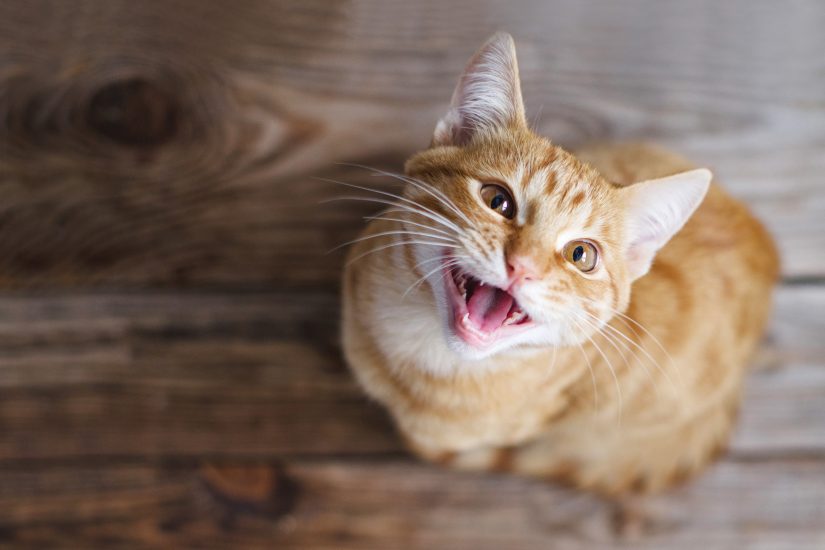
Cats meow to communicate with us.
Believe it or not, meowing isn’t a natural behaviour for cats. In the wild, they don’t meow to each other after kittenhood, and only communicate vocally rarely. Cats are a solitary species, and instead use scent and body language for communication.
However, cats have learned to meow to communicate with us.
And they’re very influenced by their owners. It’s not uncommon for chatty owners to end up with chatty cats!
2. They prefer their food and water separated
In the wild, cats will never keep their food and water next to each other, to avoid contamination.
Despite the fact that it’s common to find conjoined bowls for sale in pet shops, you might find your cat is much happier having their food and water separated at home too.
3. A female cat that isn’t neutered is called a queen
Unneutered male cats are called toms, but did you know that unneutered female cats are called queens?
Meanwhile, once neutered, a female cat becomes a molly and a male becomes a gib.
4. Our feline friends spend a significant part of the day asleep
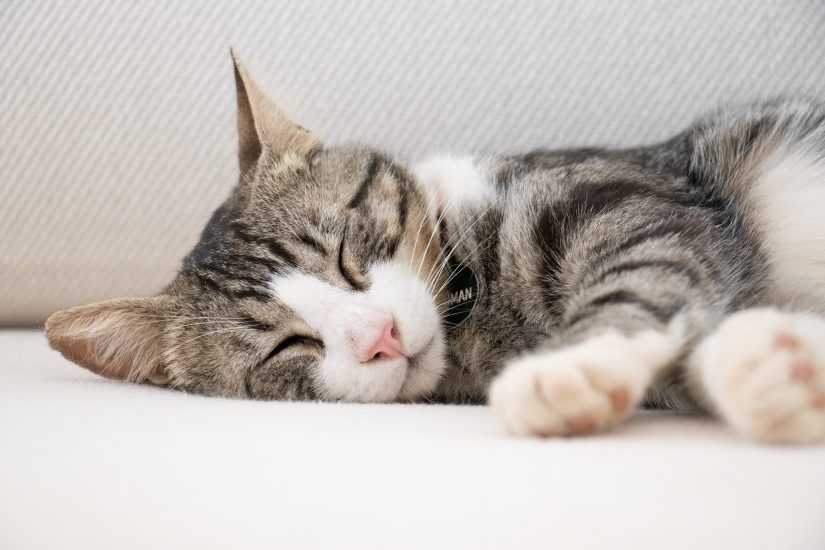
Cats are light sleepers.
On average, cats sleep anywhere from 12 to 16 hours a day, with some even sleeping up to 20 hours a day!
But this is typically split up into short cat naps. That means they sleep lightly, so they can quickly wake up at any perceived threat or opportunity.
5. Yes, your cat might be hungrier during winter
Ever thought your cat seems hungrier during the winter? You may just be right.
The temperature affects their metabolism, making it normal for cats to eat more in winter and less in summer.
6. Cats only see some colours
Cats might have great night vision, but they don’t see as many colours as we do.
It’s all down to the construction of their eyes. It’s thought that cats see blue and yellow best, while red and green appear to them as shades of grey.
Instead of using colours, cats rely much more on brightness and movement when viewing the world around them.
7. The majority of kittens in the UK are born between March and September
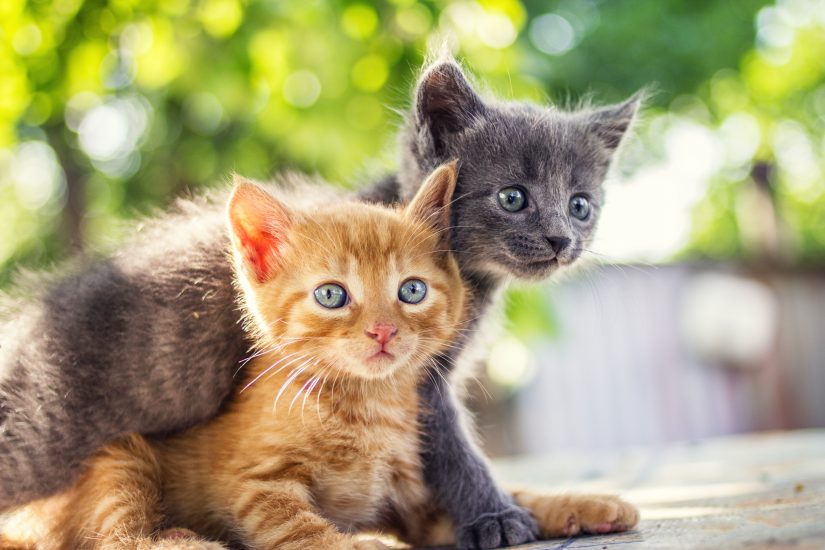
Most kittens are born between March and September.
Cats are more likely to breed during these months because the hormonal changes required for an unneutered female cat to start her reproductive cycle (known as ‘coming into heat’) are dependent on daylight.
As the days start to get longer, her hormones will change and stimulate the ovary to produce an egg.
The majority of cats will be at peak fertility when the day length is over 12 hours.
8. Cats DON’T always land on their feet
Cats have a ‘righting reflex’ which allows them to twist and turn their bodies in mid-air so they can land the right way up.
However, it doesn’t always work, especially during falls from low heights.
If your cat is a climber, make sure they have a safe route down from high places. Remember to also keep them away from open windows or balconies that are high off the ground.
9. Many cats are lactose intolerant
It used to be very common to hear of people feeding their cats milk or cream.
However, dairy products like milk or cheese (no matter how interested your cat might be in them) aren’t good for our feline friends.
In fact, many cats are lactose intolerant which means cheese or milk can cause digestive issues. Even if your cat isn’t allergic to dairy, it’s still high in fat and salt and low in nutrients, so it’s best avoided.
Advocating for the rights of cats across the UK
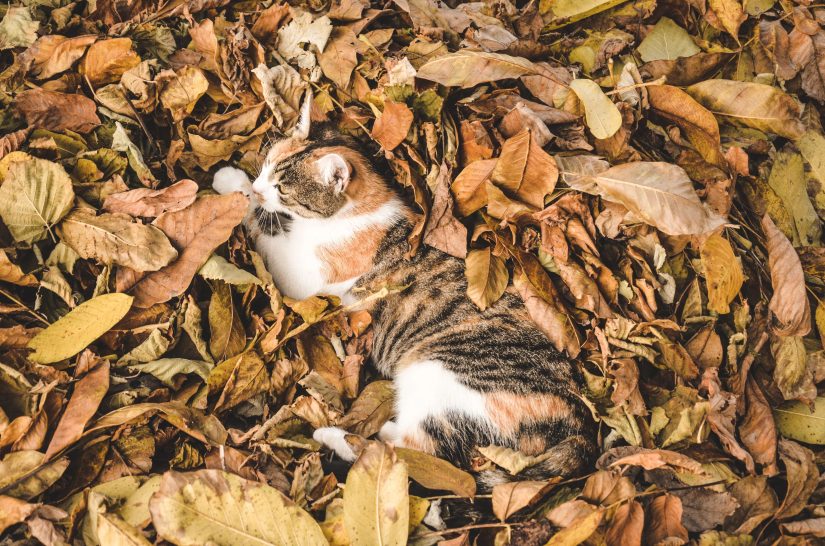
Almost half of Cats Protection’s funding comes from gifts in Wills.
Across the UK, there are around 11 million owned cats, which means just over one in four households (26%) own a cat.
Cats Protection, the UK’s largest cat welfare charity, is all about helping people better understand the needs of all cats. Its vision is a society where every cat has their best possible life because they are protected, cared for and understood by everyone.
That includes rehoming, neutering and microchipping cats, as well as other services like:
- delivering welfare talks to schools and community groups
- answering hundreds of thousands of public queries about cat care
- supporting families fleeing domestic abuse through fostering
- Cat Guardians, a service which promises to rehome your cat if you pass away
As well as expert employees, around 9,000 dedicated volunteers make up the heart of Cats Protection, helping to deliver these important services across the UK.
But support from fellow cat lovers is also key, with almost half of Cats Protection’s funding coming from gifts in Wills.
Find out more about leaving a gift in your Will to Cats Protection and help keep the UK’s feline friends purring now and in the future.



